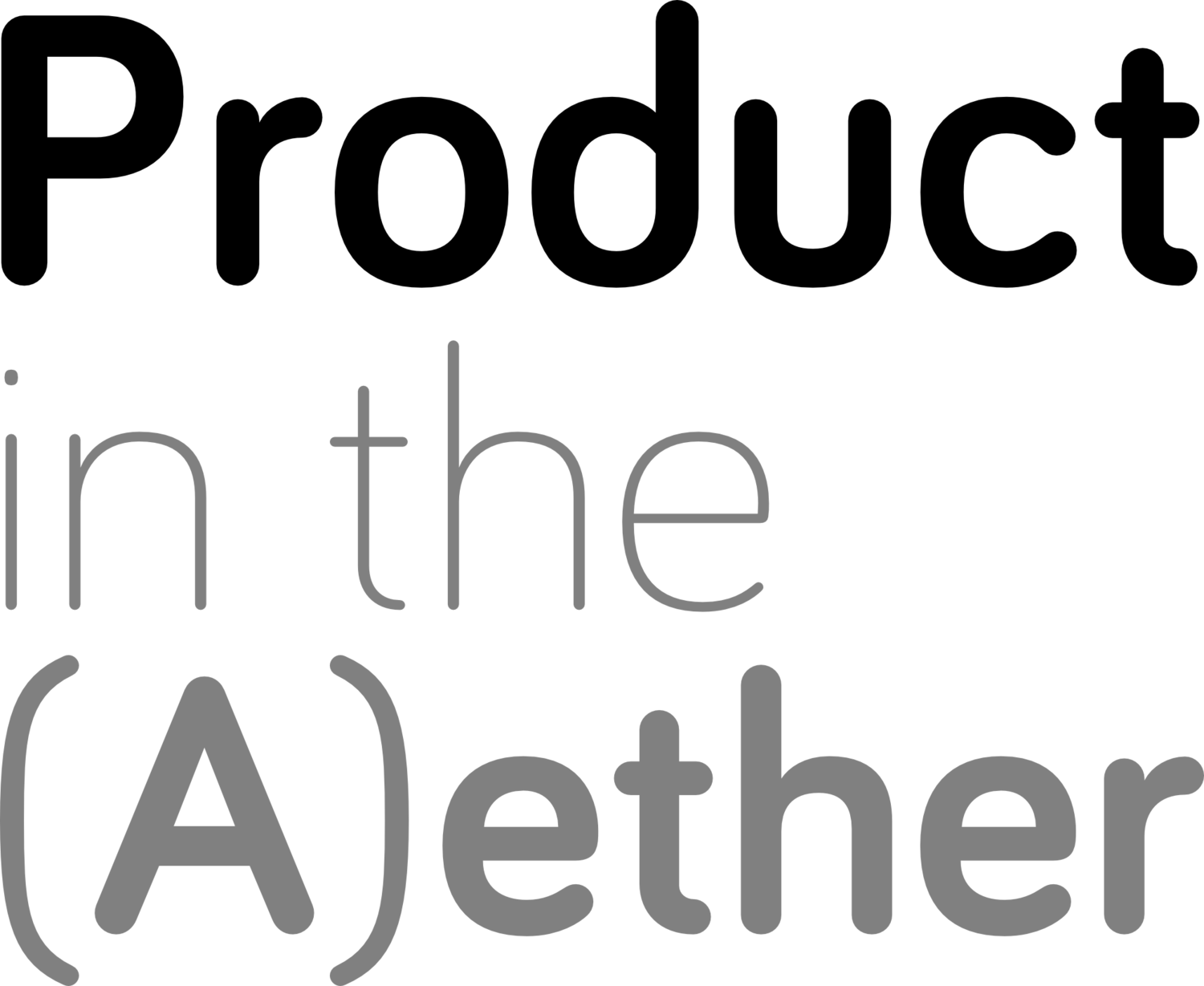PITA 030
ICEBREAKER: Venn Comedy Challenge
TOPIC 1: Prioritisation for portfolios - innovation vs BAU, and How to prioritise amongst a portfolio of potential projects
How do we decide on priorities and get people aligned?
Clear goals and objectives are key, at a company level
Clear understanding/transparency on what stages things are at
Stakeholders want procedural justice
Weigh up one bet against another bet
Metrics: impact on lack of attention on BAU, or lack of innovation
Dot voting with virtual money - helps people understand the scarcity of resources (or capacity)
80/20 - 80 sustaining low-risk / 20 on higher risk innovation?
Value chain mapping
Don’t split Innovation and BAU into different teams
Pick the projects that align to long term plans
TOPIC 2: Divvying up and/or collaborating on UX responsibilities (wireframing, research, etc.) between UX team and PMs. How much should a PM know/do to be most helpful while not stepping on the toes of others?
What’s the difference between for and with?
Doing something lo-fi to communicate in a shared language can be useful
Being mindful of A11y can be useful and come from anywhere
Expertise in research/UX can come from people in different seats
It’s a Venn diagram - it’s facilitating and learning as much as making the diagrams; polished design comes later
Set the person who is the expert as the expert
Expect varying degrees of competency - and train up by pairing w/ people who are better than you
TOPIC 3: What symptoms do you watch out for in an SME in order to avoid getting too corporate while the company is growing?
First symptom: people aren’t talking to each other. They form silos.
Ask the team what they don’t want - and why
Red flag: we do this because we have always done it like that because someone said so
Processes keep getting added - and none get killed. (Add expiration/review dates to any new meetings or processes)
Pick an experiment that will fail so you can kill it and everyone experiences making it go away, and gets permission to do so
Chesterton's Fence: A Lesson in Second Order Thinking Reading Time | 8 minutes A core component of
Ask: what will be missing if we remove this? But pair with a retro
People regularly skipping a meeting is a key indicator
Meetings where people just don’t show up and this happens regularly
TOPIC 4: How do you earn trust in/with a new team?
Start by being humble & transparent
Identify their biggest struggle - validate the other person’s perspective
Build personal relationships
Keeping Your Stakeholder Relationships in CREDiT — Whitney and Associates
Share a process for how you’re going to handle it
Empathy
Protect the team - take the blame, give the credit

